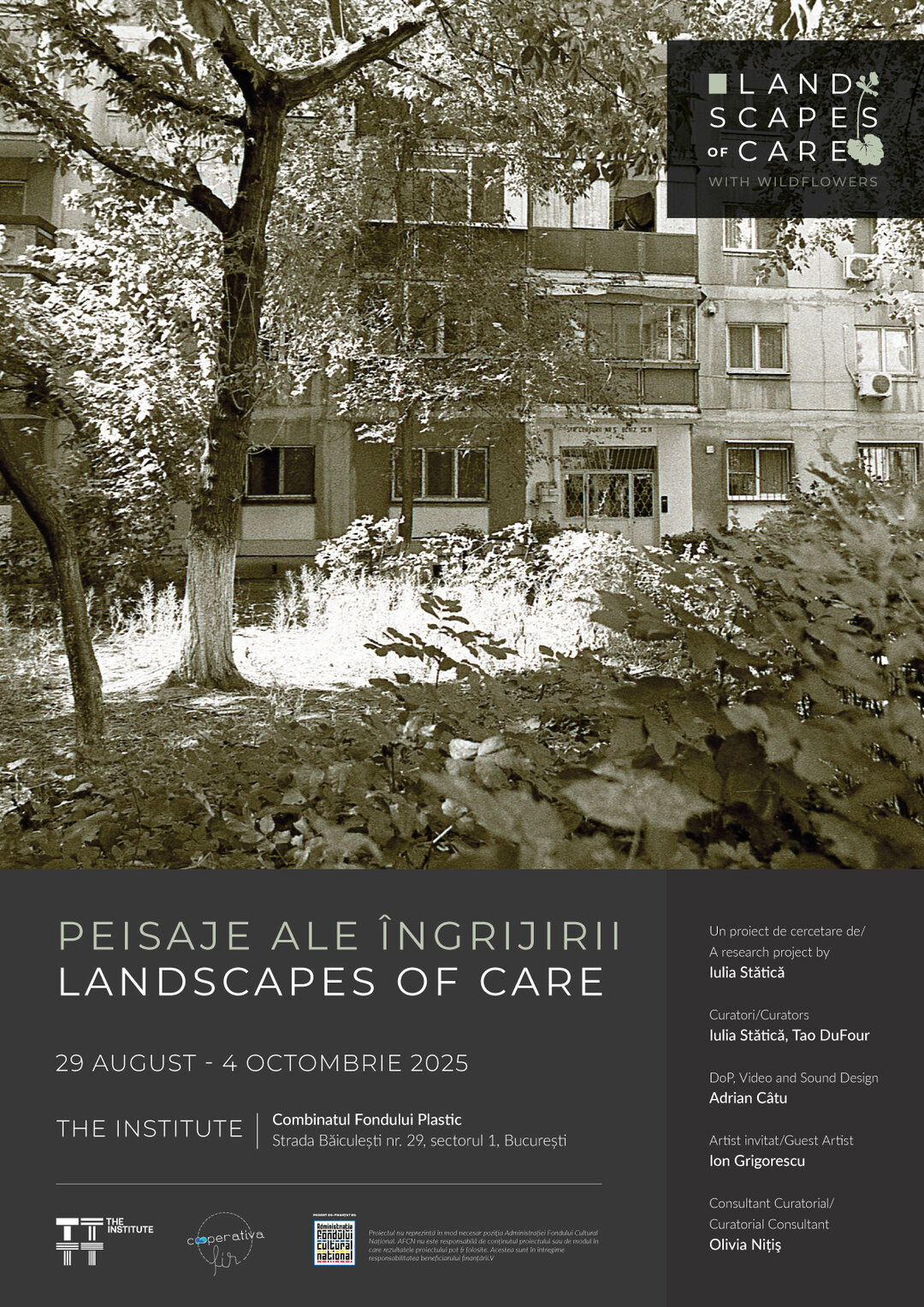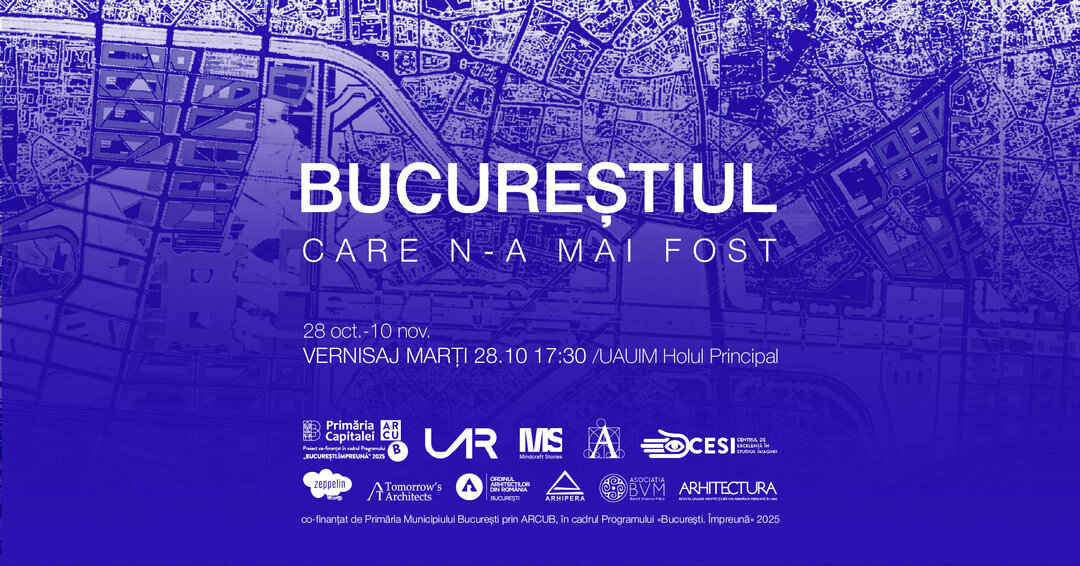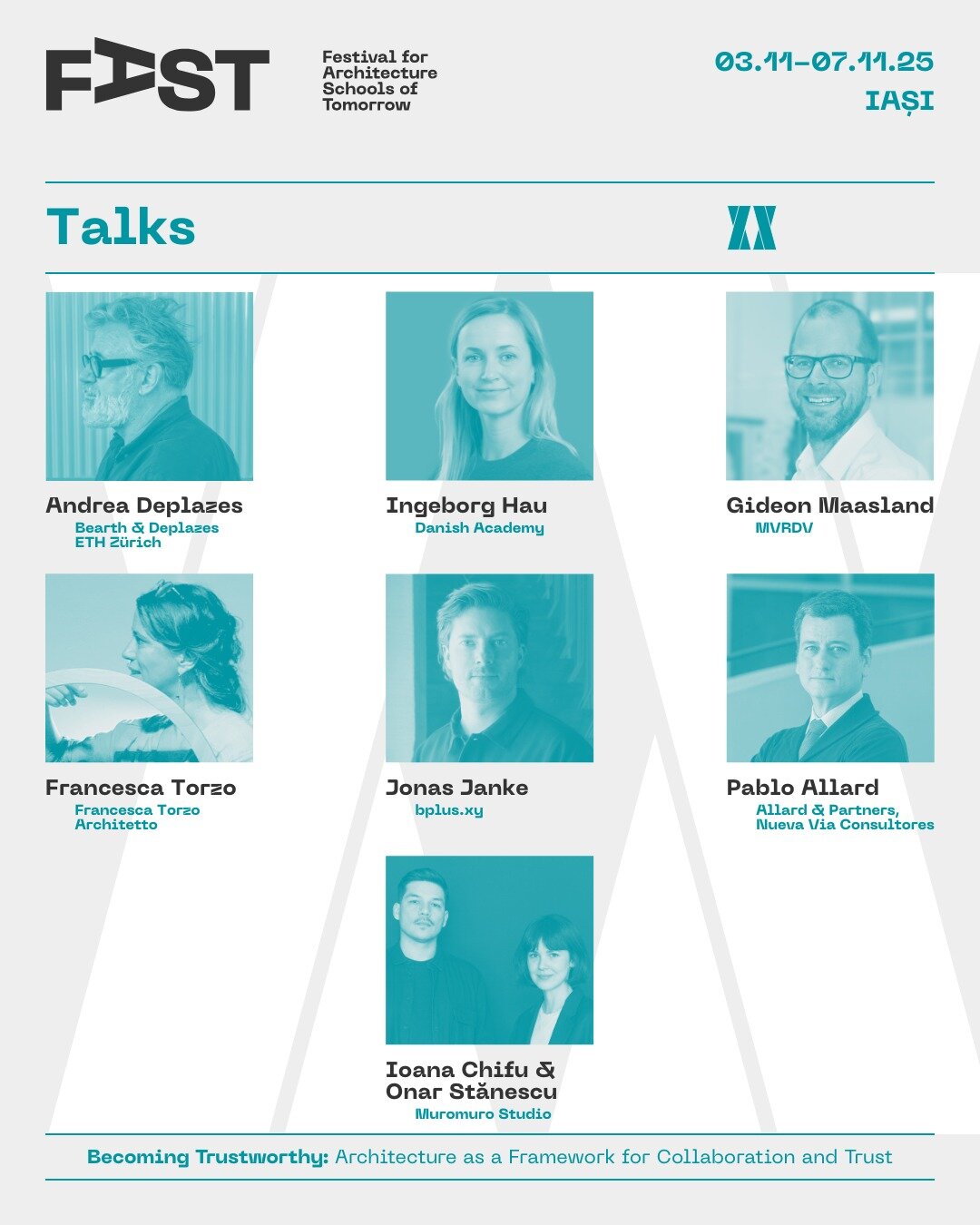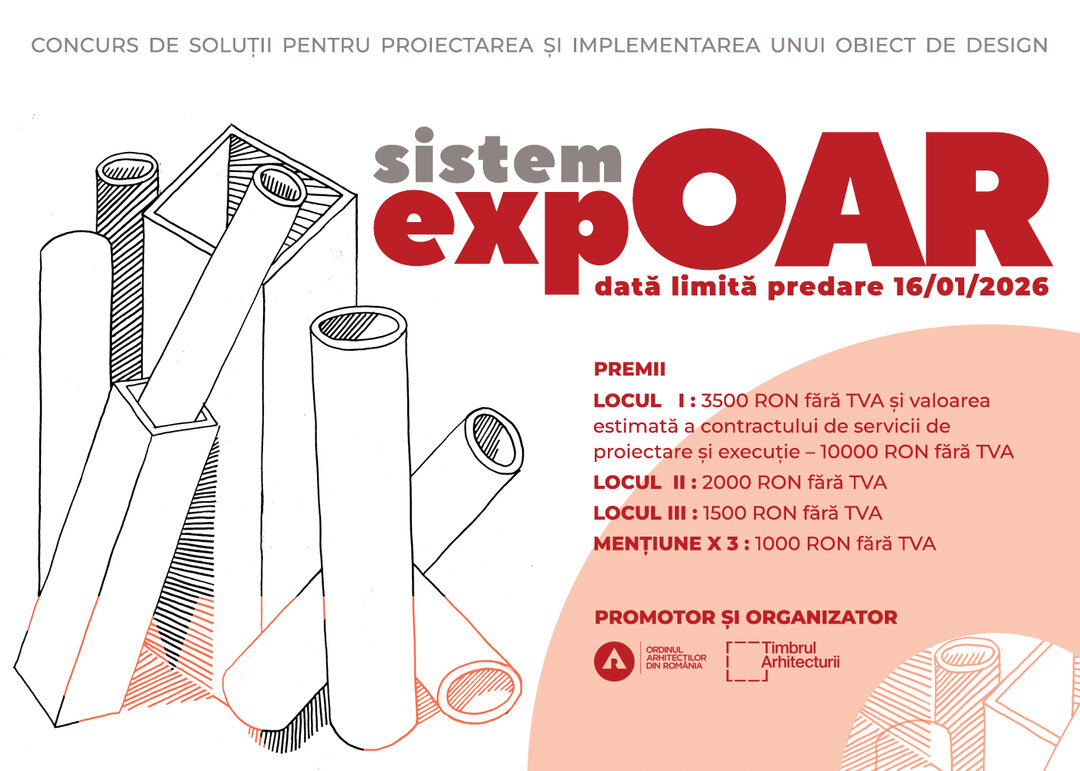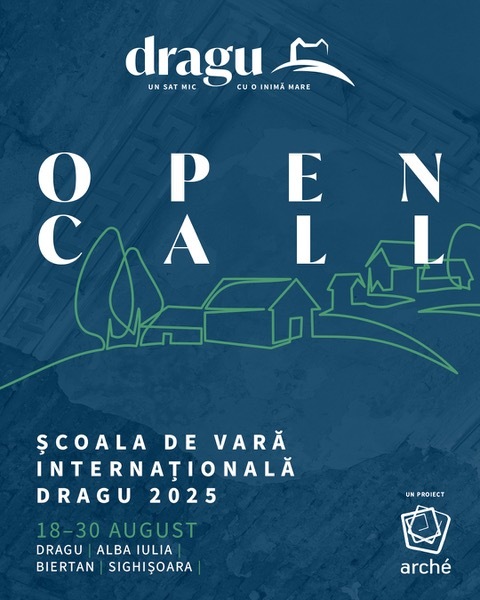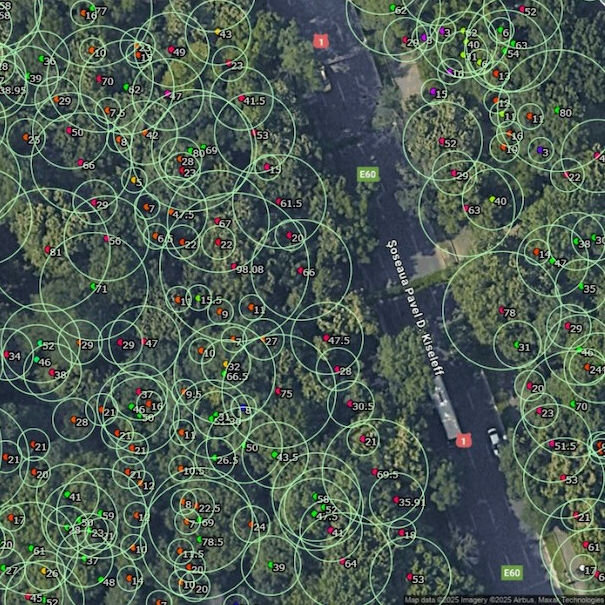
STUFFOCATION vs. EXPERIMENTALISM
28.05.2014

In his recent book Stuffocation[1], James Wallman names as the most important cultural trend of the 21st century the shift from status identity in material things (consumerism), toward finding your meaning in experiences (experimentalism).
Warned about this change, I have started to follow with great interest the ideas and campaigns promoted by Cannes Lions International Festival of Creativity, as media - so volatile compared to architecture - is able to point with impressive accuracy the evolution in costumers' needs and behaviours.
As early as the seventies, Ronald Inglehart was indicating through his voluminous literature that a transformation in values - from materialist to post-materialist - occurs among citizens[2]. The status identity of the individual doesn't rely solely on the things that one possesses.[3] James Wallman refines this idea in Stuffocation[4] : for the baby-boom generation, happiness and accomplishment meant to move from the scarcity in which they were raised, to the abundance for them, for society, for their children. But for the X generation, and so much more for the Y one, those very large quantities of things became a negative phenomenon, a feeling of suffocation through having too much stuff - stuffocation. By the new means of Digital Era, the importance of a self starts to be generated by the ideas that he shares in the space of the internet, by his connections in social media (the trend setters with thousands of followers on Twitter, blogs, newsletters), by one's experiences – a sunrise on Everest peak, shared with the rest of the Planet through real-time streaming. Our life is much more connected, traceable and shareable. In the virtual reality, the tangible stuff lost their value, and you express your identity through your deeds. James Wallman states that the shift from consumerism toward experimentalism means to find your personal meaning through cumulating experiences[5].. Experimentalism will solve stuffocation, and social media has a strategic role in this process.[6]
If this is the direction toward which society evolves, how should the stuff-producers address their clients, in order to keep their interest in consuming? A possible inspiration source could be represented by the festivals of creative industries, where the shift turns visibly from a one-sided relationship - the producer brings the product and the client consumes it as it is, without alterations - toward an active integration of the user through media, in order to obtain user-generated content ( as in the Intel campaign last year, “Beauty inside”, where the audience could write episodes of the mini-series[7]).The clients are the actors who play, but also make the rules of the game. Eric von Hippel in “Democratizing Innovation” advised companies to pay attention to their users' power and to redefine the roles between client and agency. Instead of a one-way content delivery, they should seek a more authentic engagement by involving the client in co-creation[8]. The media campaigns - so ephemeral compared with architecture - are able to depict with great accuracy the characteristics of “right now”, especially because they are addressed to a very short period of time.
Personally, I follow with great interest Cannes Lions International Festival of Creativity, the most prestigious event of its kind, arrived in 2014 to its 61st edition. With more than 12,000 delegates from 95 countries[9] , Cannes Lions is the place where established advertising agencies (Ogilvy, Saatchi & Saatchi, R/GA, Grey, Leo Burnett), super brands (Coca Cola, Ford, Time Warner) and tech giants (Google, Adobe, Facebook, Yahoo, Microsoft) attend a week-long programme of exhibitions, screenings and talks, in a global dialogue of the best creative ideas[10].
Technology and the consumers' choice redefine the evolution of the communication industry. Therefore, at Cannes Lions the case-studies and the seminars focus on how creative solutions drive effectiveness across multiple media channels, maximising reach and frequency of exposure.[11] With a whole day dedicated to innovation, the festival intends to be a hotbed of innovation, new thinking and pioneering technology[12] (as Philip Thomas - CEO of Cannes Lions - has declared).
In Romania, Cannes Lions is represented by its ambassador, Teodora Migdalovici, and by the school that she started - The Alternative School for Creative Thinking - a place where the effervescence of the festival is handed over the young talents of the local creative industries, in order to generate a powerful community, which is internationally acclaimed. In 9 years of existence, the students of this school have won more than 23 medals and awards, and last year at Cannes Young Lions they brought home the Gold for the Design entry[13].
*
For many years, I thought of the word “media” as the main way through which large numbers of people receive information and entertainment - television, radio, newspapers[14]. Later on, the image evolved, encompassing the means of mass communication using digital technologies[15]- internet, UI, gadgets, different types of data storage options[16]. But then I discovered Cannes Lions International Festival of Creativity, and I have learned what a great power media can have in moulding our society and generating new habits.
I wait to observe in which way the image of the city will be influenced by the technological progress (which is focused at the moment on generating a personalised experience for every user) and the attention paid to experiences (to the detriment of stuff possession). Maybe we will testify a materialisation of the Situationist ideas - a society of leisure and continuous strolls in a city that continuously alters its appearances, through the permutation of its components, manipulated by people through levers and controllers, in order to satisfy the needs and the imagination of the citizens. A New Babylon [17] where the control panel of the mechanisms is replaced by our smartphones.
[1] James Wallman, Stuffocation, , Crux Publishing, UK, 2013
[2] Masaki Taniguchi, A Time Machine: New Evidence of Post-Materialist Value, International Political Science Review (2006), Vol. 27, No. 4, 405–425
[3] https://www.youtube.com/watch?v=XqruNUT-w6U
[4] op. cit.
[5] http://www.forbes.com/sites/dominiqueafacan/2014/01/23/stuffocation-an-interview-with-james-wallman/
[6] https://www.youtube.com/watch?v=XqruNUT-w6U (min. 20.45)
[9] http://www.canneslions.com/press/press_releases/19/innovation_day_comes_to_cannes_lions/
[10] http://www.brandify.co.uk/unbranded/canneslions2011/
[11] https://www.canneslions.com/young_media_academy/
[12] http://www.canneslions.com/press/press_releases/19/innovation_day_comes_to_cannes_lions/
[13] http://www.portalhr.ro/teodora-migdalovici-de-la-fiecare-poti-invata-lucruri-inclusiv-de-la-copii/
[14] http://www.oxfordlearnersdictionaries.com/definition/english/media
[15] http://www.oxforddictionaries.com/definition/english/new-media
[16] http://www.techterms.com/definition/media
[17] Constant's New Babylon: The Hyper-architecture of Desire


